The Museum’s work in multicultural learning, presenting the stories of different cultures, goes back to its earliest days. Among the earliest collections at Boston Children’s Museum were objects from the Philippines and Japan that were used to teach about “people in far-away lands.” (Sayles, 1937). In keeping with the ways of the times, unfamiliar cultures were sometimes portrayed as exotic and foreign. Boston Children’s Museum gave voice to these peoples of the world living in Boston, inviting them to share and celebrate their cultures with others through Museum exhibitions and programs.
Starting with the Museum’s first director, Delia Griffin, curators encouraged the close study of cultural objects to help children develop critical thinking skills. In 1927, the Japanese Committee for World Friendship among Children sent Ms. Kyoto, a Japanese friendship doll, to Boston, and a year later, it was given to Boston Children’s Museum to promote cultural understanding. Complete with her own trunk of accessories, Miss Kyoto remains an enduring material symbol of Boston’s long connection to Japan.
In the 1960s, exhibitions and kits offered compelling firsthand experiences with other cultures. A pair of wooden Netsilik snow goggles became a powerful metaphor for the museum’s transformation, inviting children to look through the goggles, not at them. The experience helped visitors grasp the difficulty of seeing during a blinding snowstorm and appreciate the maker’s clever design. The installation of the Kyo no Machiya, an historic Japanese House, a gift of Kyoto Japan to the City of Boston in 1979, took this idea further. Children could now experience how Japanese kids and families lived within the context of an entire home. This hands-on and immersive learning collapses the distance between museum visitors and the cultures they explore.
Direct interaction with real people and first-person narratives became central to learning about cultures. Like other museums, Boston Children’s Museum used its large collection of more than 5,000 Native American objects in exhibits and programs. In the early 1970s, Museum staff invited Native American tribal representatives to collaborate, resulting in the exhibition We’re Still Here (1979), which documented and shared the contemporary cultural vitality of Northeast Native Americans.
In the 1980s, Boston Children’s Museum made a new commitment to diversify its audience, staff, and board in order to work more effectively with Boston’s changing populations. This initiative led to publications, teacher professional development institutes, cultural festivals, and staff training. At the same time, Boston Children’s Museum worked to increase its staff diversity to better collaborate with the city’s multicultural communities. Today, the Museum strives to offer materials for children and their families in the main languages used in the Boston Public Schools.
In recent years, Boston Children’s Museum has used real stories of real children to help visitors make a personal connection across cultures. Exhibitions like Teen Tokyo: Youth and Popular Culture in Japan Today (1992), Five Friends from Japan (2004), Children of Hangzhou: Connecting with China (2008), and Native Voices: New England Tribal Families (2012) introduce visitors to specific individuals and their stories, allowing children to appreciate cultural similarities.
Keeping pace with changing times and a shrinking world, Boston Children’s Museum has shifted its approach to teaching and learning about cultures, from studying “foreign” peoples to addressing the skills children need to live in a multicultural society. With technology increasingly blurring international boundaries, the 21st century demands a new set of skills for a global society.
